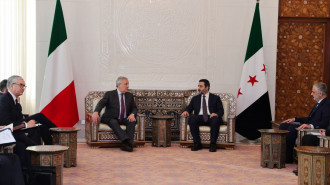Breadcrumb
Palmyra recaptured in major symbolic victory against IS
Troops began the operation to defuse mines and bombs planted by the militant group in the city's ancient ruins, a UNESCO world heritage site that was partially destroyed since IS seized it in May 2015.
"After heavy fighting during the night, the army is in full control of Palmyra - both the ancient site and the residential neighbourhoods," a military source told AFP.
"Most militants retreated from Tadmur and headed towards the towns of Sukhnah and Deir ez-Zor," Mohammad Sibaei, spokesman for the Homs Media Centre told The New Arab.
But "sounds of gunfire can still be heard in areas of the city as remaining IS fighters battle with Syrian forces," the London-based Syrian Observatory for Human Rights told The New Arab.
The three days of heavy fighting between the Russian-backed Syrian army and IS forced 30 families from the city to flee for safety.
"The escalation of the confrontation between regime forces and militants loyal to the Islamic State group, as well as the increase in Russian air missiles led to the displacement of most Palmyra residents," a local source said.
On Friday, soldiers recaptured the citadel of Palmyra - the city's main Islamic era monument built in the 13th century - from the Islamic State group.
"Our armed forces, in coordination with the popular defence forces, have taken control of the ancient Palmyra citadel after inflicting many losses in the ranks of the terrorist group Daesh," the report said, using another name for IS.
The group, whose takeover of the ancient ruins raised global concern, had taken over the citadel on May 23 last year and raised its notorious black and white flag over it.
The group has since blown up UNESCO-listed temples and looted relics that dated back thousands of years, and murdered the former antiquities chief in Palmyra, Khaled al-Assaad.
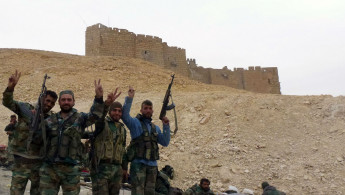
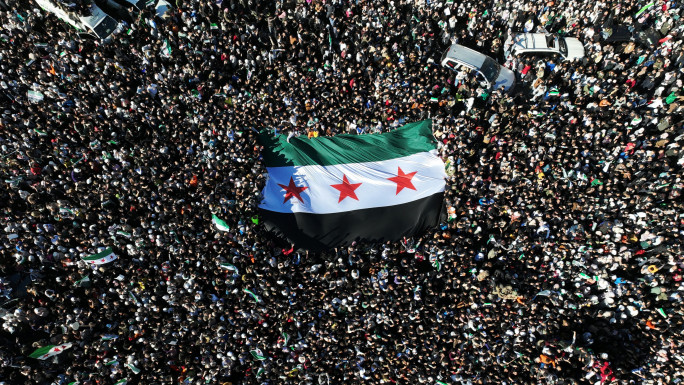
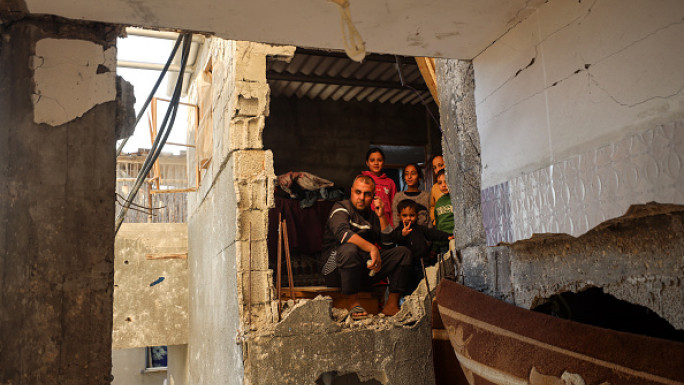
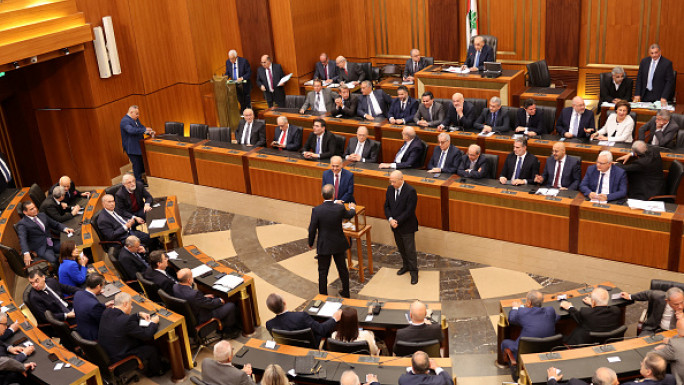
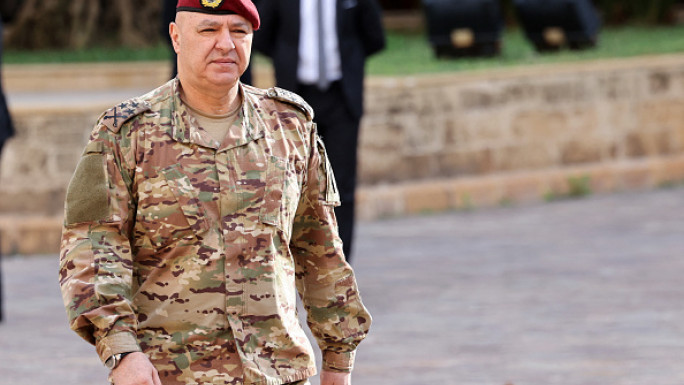
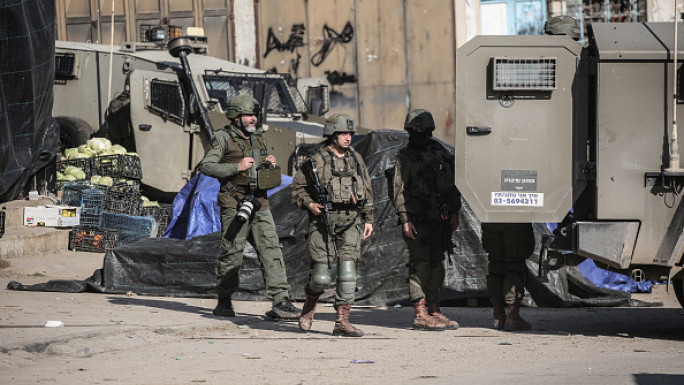
![Anthony Blinken speech [Getty] Anthony Blinken speech [Getty]](/sites/default/files/styles/image_684x385/public/media/images/6263436E-8ACD-4D3C-9055-25A7BE79DD5A.jpg?h=d1cb525d&itok=fLHmHCRG)
 Follow the Middle East's top stories in English at The New Arab on Google News
Follow the Middle East's top stories in English at The New Arab on Google News
![Many are vowing to boycott a film starring Amy Schumer, set to release next month [Getty]](/sites/default/files/styles/image_330x185/public/2152810030.jpeg?h=a5f2f23a&itok=wMRYjbOK)
